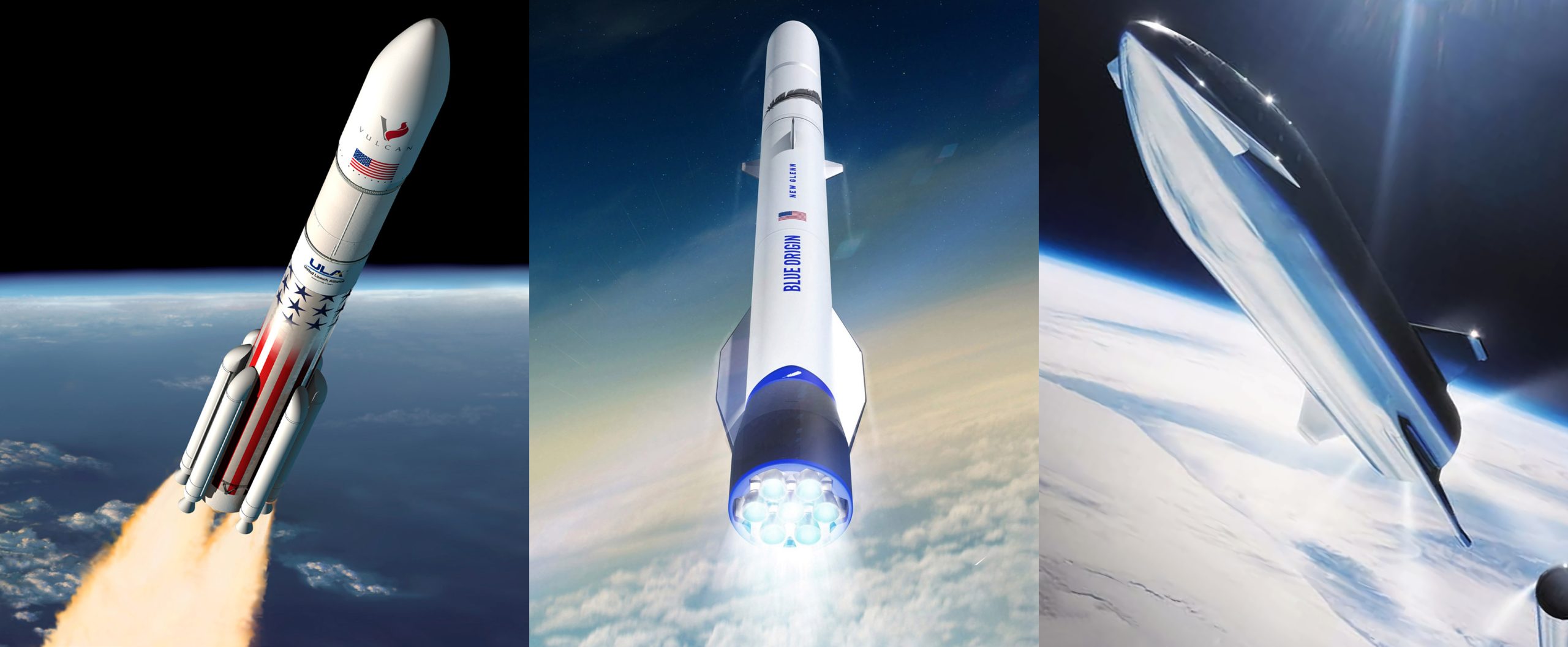
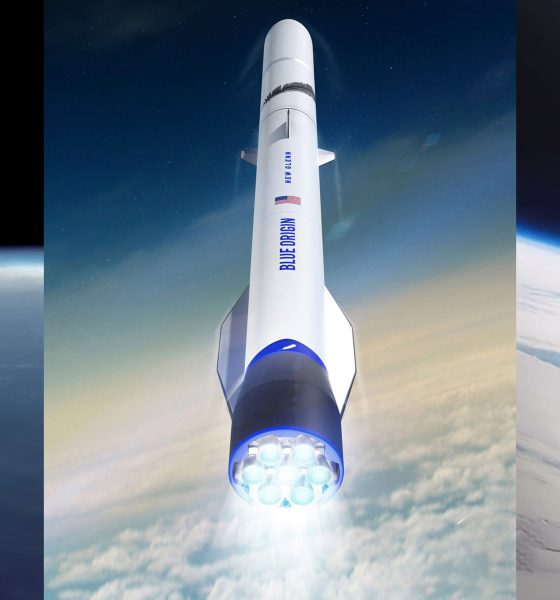
News
SpaceX COO offers harsh critique of Falcon 9, Starlink, and Starship’s competitors
SpaceX President Gwynne Shotwell says that the company’s Starlink internet constellation is years ahead of competition from OneWeb and Amazon. A step further, the executive also voiced several unprecedently harsh critiques of Jeff Bezos’ Blue Origin and Boeing and Lockheed Martin (ULA).
SpaceX President and Chief Operating Officer Gwynne Shotwell has been as busy as ever and has attended numerous major events over the last few weeks, often speaking with an unprecedented level of candor. The famous SpaceX executive repeatedly indicated that competitors have over-promised and under-delivered and, as a result, are years behind SpaceX’s own Starlink constellation. SpaceX has already launched 60 prototype satellites and has hundreds more on the way as part of a bid to kick off a busy period of “v1.0” satellite.
SpaceX intends to launch has many as 24 dedicated Starlink missions next year, equating to 60 satellites launched every two or so weeks. Meanwhile, the company is in the late stages of preparing to mass-produce “user terminals” and ground stations with the hope of delivering internet service to customers internet as early as mid-2020.
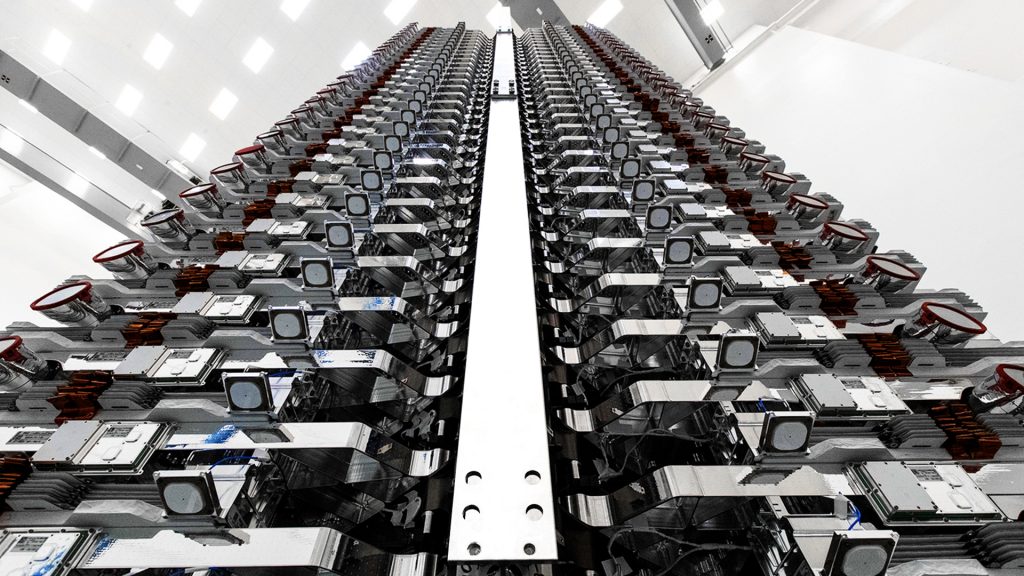
Starlink, OneWeb, and Project Kuiper
Shotwell was especially critical of megaconstellation competitors OneWeb and Amazon, the latter of which began hiring just a few months ago for a several-thousand-satellite constellation known as Project Kuiper. During an October 25th Q&A session with billionaire Ron Baron at the Baron Fund’s annual Investment Conference, Shotwell was uncharacteristically candid about the spaceflight industry outside of SpaceX’s doors, pointing to Jeff Bezos’s Blue Origin and the United Launch Alliance as prime examples of the many pitfalls of traditional aerospace methods.
Shotwell, on SpaceX's competitors and why other companies haven't built and landed orbital rockets: "Boeing and Lockheed like their cushy situation."— Michael Sheetz (@thesheetztweetz) October 25, 2019
She responded by crediting the hard work of SpaceX engineers and the often ambitious timelines set forth by company CEO Elon Musk, stating that, “I don’t think there’s a motivation or a drive there.” She explained that she believes that “engineers think better when they’re pushed hardest to do great things in a very short period of time, with very few resources. Not when you have twenty years.” This is a bit of a brutal take given that SpaceX is infamous for offering an often brutally hostile work environment and some of the worst salaries in the industry, but it’s nearly impossible to deny that SpaceX’s list of achievements is essentially unrivaled.
Baron: Why hasn't Bezos been doing this? He's spending lots of money.
Shotwell: They're two years older than us and they've yet to reach orbit. They get $1 billion of "free money" each year but I think engineers work better when they're pushed.— Michael Sheetz (@thesheetztweetz) October 25, 2019
Discussing Blue Origin, Shotwell pulled no punches, stating that “they’ve got a ton of money and they’re not doing a lot.” While both companies – SpaceX and Blue Origin – have remained private and exist in large part thanks to their wealthy owners, SpaceX has pursued commercial relevance and become wildly successful. On the other hand, Blue Origin – despite being two years older – would likely lose all forward momentum or fold outright if owner Jeff Bezos were to cease bankrolling the spaceflight company.
Blue Origin is currently developing a large, reusable, orbital-class rocket known as New Glenn and could eventually become SpaceX’s only serious competition, but the rocket’s first launch is unlikely to occur before H2 2021 or 2022.
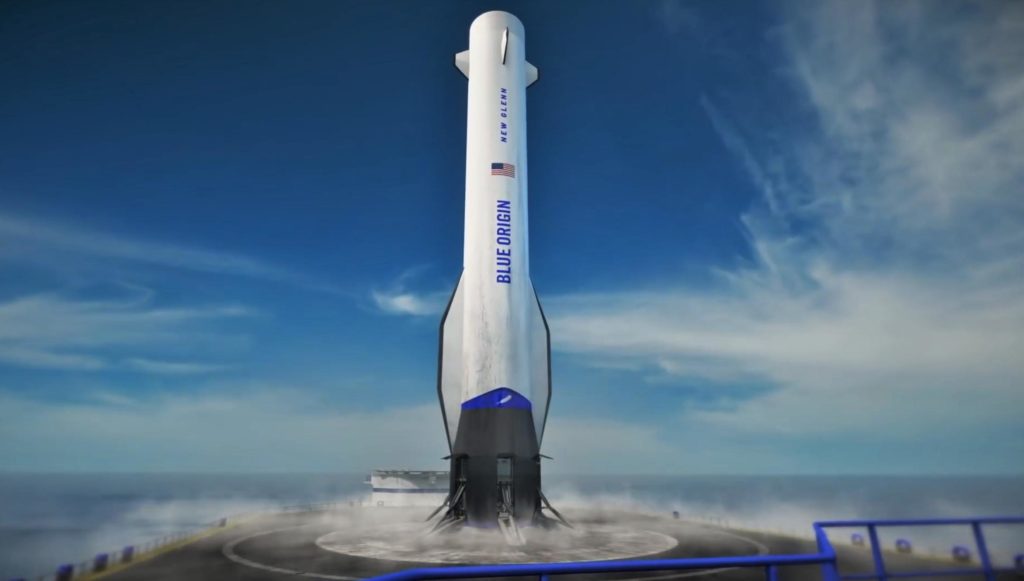
Simultaneously, Amazon recently revealed Project Kuiper, a slightly modified version of SpaceX’s Starlink constellation that is being lead by ex-Starlink executives fired by Elon Musk in June 2018. Project Kuiper, however, has only just begun and is likely at least 3-5 years away from beginning orbital testing, let alone providing any sort of service to customers.
Shotwell also addressed a new competitor in the large-scale satellite constellation market, OneWeb. During her talk with Baron, Shotwell bluntly warned potential investors to steer clear of the company. She boasted about SpaceX’s Starlink satellites, stating that they are “17 times better per bit”, a reference to Starlink’s greater per-satellite bandwidth, and cautioned that “if you’re thinking about investing in OneWeb, I would recommend strongly against it. They fooled some people who are going to be pretty disappointed in the near term.”
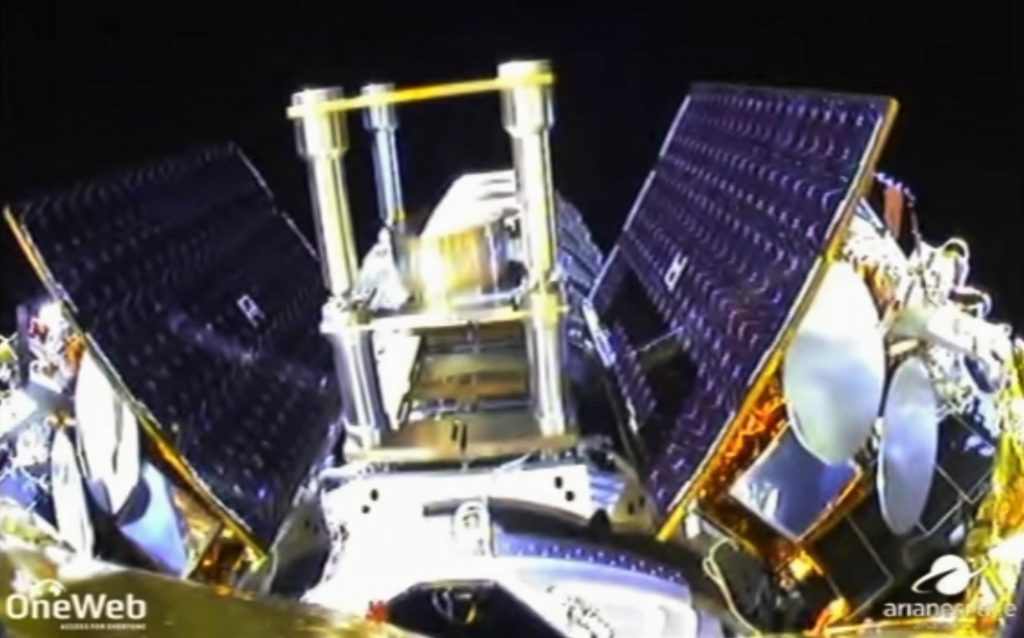
OneWeb later provided a follow up to CNBC reporter Michael Sheetz stating “we are not in the business of commenting on competitors. OneWeb’s satellites and constellation design are tested, market leading and we are excited to start our monthly launches soon and to start delivering much needed connectivity to people everywhere.” In reality, OneWeb and executives like Greg Wyler comment on competitors all the time, they just rarely put all their cards on the table.
Regardless, Shotwell’s streak of candor appears to have no end in sight. It remains to be seen whether her move towards uncharacteristically vitriolic public comments is a smart strategy, but she is undoubtedly making waves.
Check out Teslarati’s Marketplace! We offer Tesla accessories, including for the Tesla Cybertruck and Tesla Model 3.

Elon Musk
SpaceX issues statement on Starship V3 Booster 18 anomaly
The incident unfolded during gas-system pressure testing at the company’s Massey facility in Starbase, Texas.

SpaceX has issued an initial statement about Starship Booster 18’s anomaly early Friday. The incident unfolded during gas-system pressure testing at the company’s Massey facility in Starbase, Texas.
SpaceX’s initial comment
As per SpaceX in a post on its official account on social media platform X, Booster 18 was undergoing gas system pressure tests when the anomaly happened. Despite the nature of the incident, the company emphasized that no propellant was loaded, no engines were installed, and personnel were kept at a safe distance from the booster, resulting in zero injuries.
“Booster 18 suffered an anomaly during gas system pressure testing that we were conducting in advance of structural proof testing. No propellant was on the vehicle, and engines were not yet installed. The teams need time to investigate before we are confident of the cause. No one was injured as we maintain a safe distance for personnel during this type of testing. The site remains clear and we are working plans to safely reenter the site,” SpaceX wrote in its post on X.
Incident and aftermath
Livestream footage from LabPadre showed Booster 18’s lower half crumpling around the liquid oxygen tank area at approximately 4:04 a.m. CT. Subsequent images posted by on-site observers revealed extensive deformation across the booster’s lower structure. Needless to say, spaceflight observers have noted that Booster 18 would likely be a complete loss due to its anomaly.
Booster 18 had rolled out only a day earlier and was one of the first vehicles in the Starship V3 program. The V3 series incorporates structural reinforcements and reliability upgrades intended to prepare Starship for rapid-reuse testing and eventual tower-catch operations. Elon Musk has been optimistic about Starship V3, previously noting on X that the spacecraft might be able to complete initial missions to Mars.
Investor's Corner
Tesla analyst maintains $500 PT, says FSD drives better than humans now
The team also met with Tesla leaders for more than an hour to discuss autonomy, chip development, and upcoming deployment plans.

Tesla (NASDAQ:TSLA) received fresh support from Piper Sandler this week after analysts toured the Fremont Factory and tested the company’s latest Full Self-Driving software. The firm reaffirmed its $500 price target, stating that FSD V14 delivered a notably smooth robotaxi demonstration and may already perform at levels comparable to, if not better than, average human drivers.
The team also met with Tesla leaders for more than an hour to discuss autonomy, chip development, and upcoming deployment plans.
Analysts highlight autonomy progress
During more than 75 minutes of focused discussions, analysts reportedly focused on FSD v14’s updates. Piper Sandler’s team pointed to meaningful strides in perception, object handling, and overall ride smoothness during the robotaxi demo.
The visit also included discussions on updates to Tesla’s in-house chip initiatives, its Optimus program, and the growth of the company’s battery storage business. Analysts noted that Tesla continues refining cost structures and capital expenditure expectations, which are key elements in future margin recovery, as noted in a Yahoo Finance report.
Analyst Alexander Potter noted that “we think FSD is a truly impressive product that is (probably) already better at driving than the average American.” This conclusion was strengthened by what he described as a “flawless robotaxi ride to the hotel.”
Street targets diverge on TSLA
While Piper Sandler stands by its $500 target, it is not the highest estimate on the Street. Wedbush, for one, has a $600 per share price target for TSLA stock.
Other institutions have also weighed in on TSLA stock as of late. HSBC reiterated a Reduce rating with a $131 target, citing a gap between earnings fundamentals and the company’s market value. By contrast, TD Cowen maintained a Buy rating and a $509 target, pointing to strong autonomous driving demonstrations in Austin and the pace of software-driven improvements.
Stifel analysts also lifted their price target for Tesla to $508 per share over the company’s ongoing robotaxi and FSD programs.
Elon Musk
SpaceX Starship Version 3 booster crumples in early testing
Photos of the incident’s aftermath suggest that Booster 18 will likely be retired.
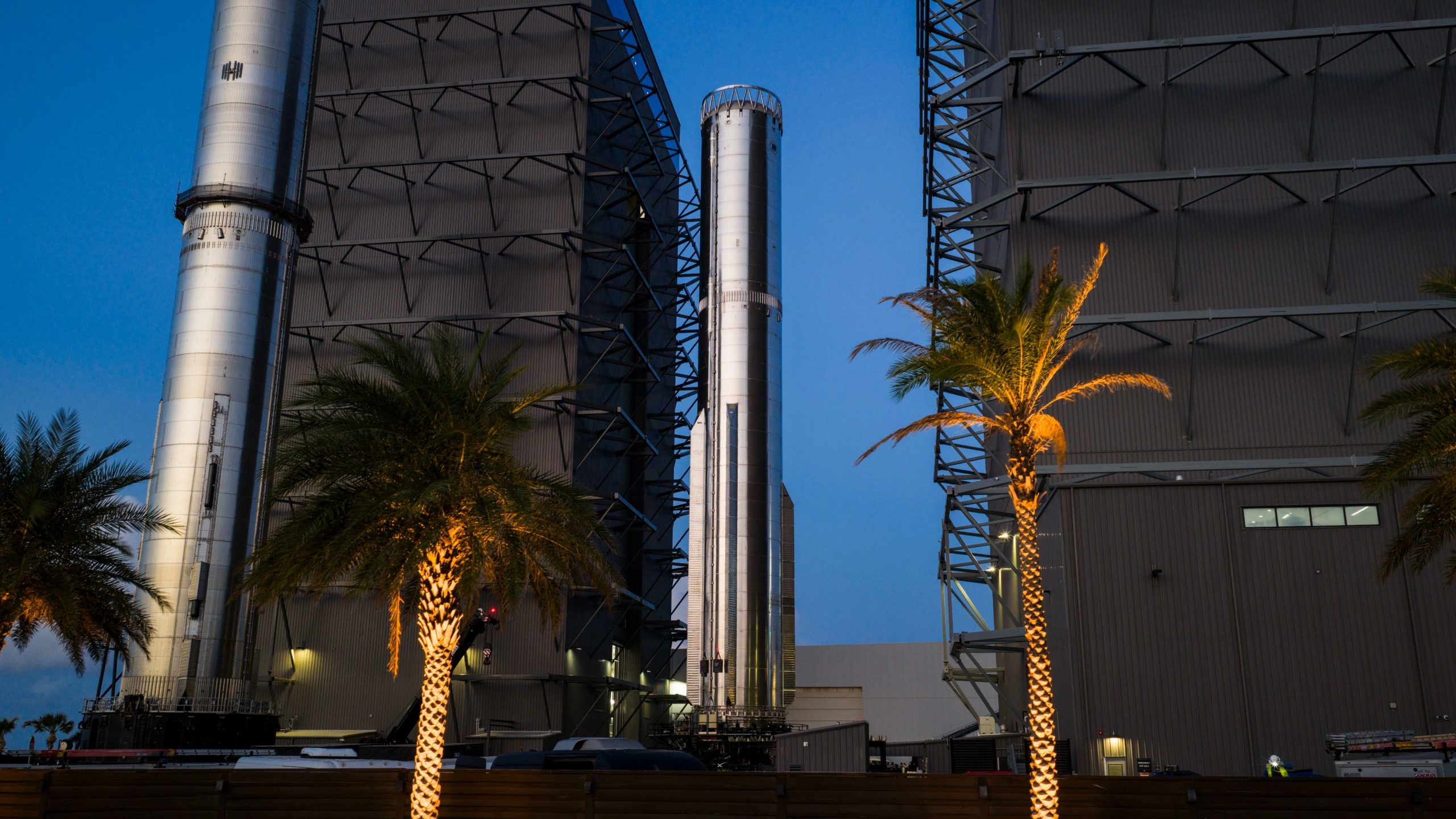
SpaceX’s new Starship first-stage booster, Booster 18, suffered major damage early Friday during its first round of testing in Starbase, Texas, just one day after rolling out of the factory.
Based on videos of the incident, the lower section of the rocket booster appeared to crumple during a pressurization test. Photos of the incident’s aftermath suggest that Booster 18 will likely be retired.
Booster test failure
SpaceX began structural and propellant-system verification tests on Booster 18 Thursday night at the Massey’s Test Site, only a few miles from Starbase’s production facilities, as noted in an Ars Technica report. At 4:04 a.m. CT on Friday, a livestream from LabPadre Space captured the booster’s lower half experiencing a sudden destructive event around its liquid oxygen tank section. Post-incident images, shared on X by @StarshipGazer, showed notable deformation in the booster’s lower structure.
Neither SpaceX nor Elon Musk had commented as of Friday morning, but the vehicle’s condition suggests it is likely a complete loss. This is quite unfortunate, as Booster 18 is already part of the Starship V3 program, which includes design fixes and upgrades intended to improve reliability. While SpaceX maintains a rather rapid Starship production line in Starbase, Booster 18 was generally expected to validate the improvements implemented in the V3 program.
Tight deadlines
SpaceX needs Starship boosters and upper stages to begin demonstrating rapid reuse, tower catches, and early operational Starlink missions over the next two years. More critically, NASA’s Artemis program depends on an on-orbit refueling test in the second half of 2026, a requirement for the vehicle’s expected crewed lunar landing around 2028.
While SpaceX is known for diagnosing failures quickly and returning to testing at unmatched speed, losing the newest-generation booster at the very start of its campaign highlights the immense challenge involved in scaling Starship into a reliable, high-cadence launch system. SpaceX, however, is known for getting things done quickly, so it would not be a surprise if the company manages to figure out what happened to Booster 18 in the near future.








